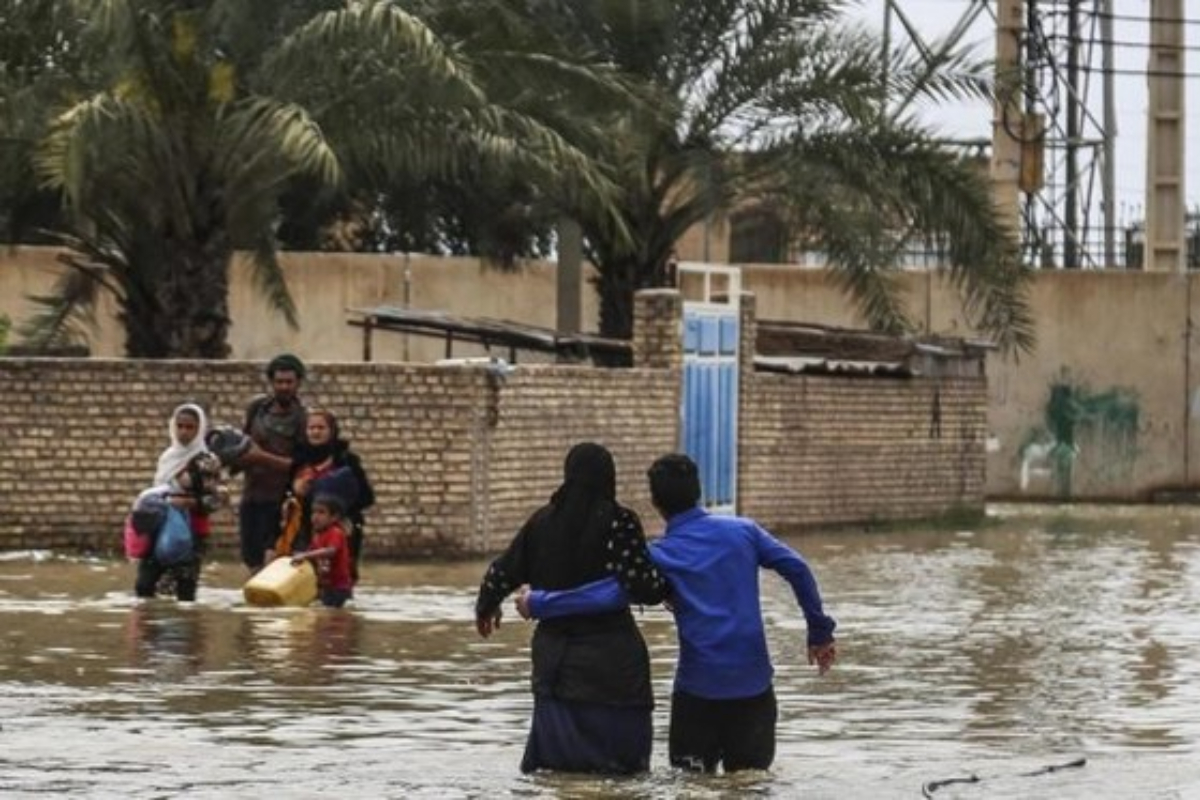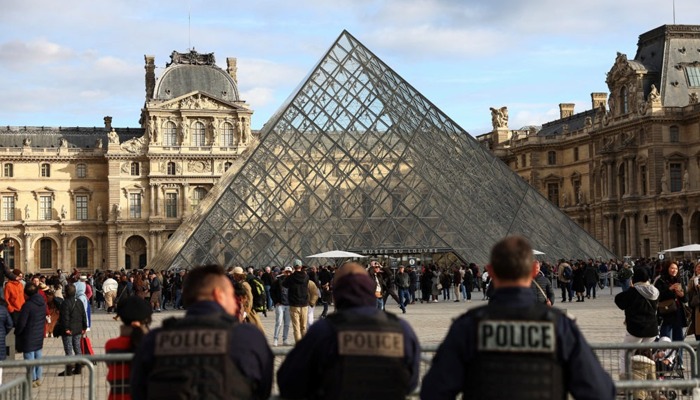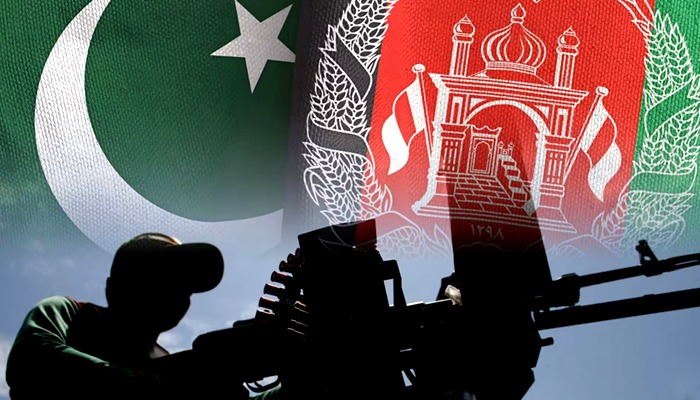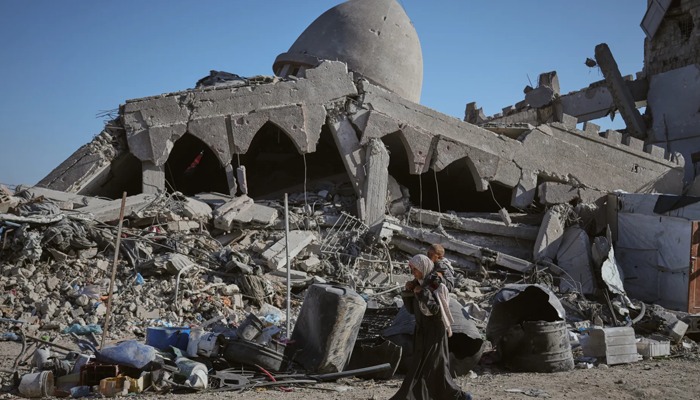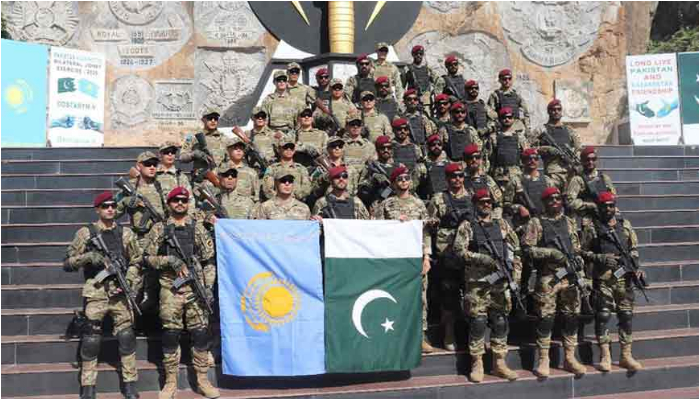- The flooding was caused by heavy rain in the mostly dry country.
- Iran has been through many droughts and floods in the last ten years.
- In 2019, heavy flooding in the south of the country killed at least 76 people and caused more than $2 billion in damage.
Flooding in southern Iran has took the lives of 17 people and left six others missing, state media reported on Saturday. The flooding was caused by heavy rain in the mostly dry country.
The governor of Estehban County in Fars province, Yousef Kargar, was quoted by the state news agency IRNA as saying, “Around 5:00 pm yesterday, heavy rains in the towns of Ij and Roodbal in the central parts of Estehban County led to flooding,”
“As a result of the flood, 17 bodies have been found in the vicinity of Estehban, of which 13 have been identified,” he said, adding that six people are still missing.
“A number of local people and sightseers (from other areas) who had gone to the riverside and were present in the river bed were caught in the flood due to the rise in the water level,” he said.
Cars are caught in the rising water of the Roodball river and carried away in a video that has been shared on local media and social media sites.
Iran has been through many droughts and floods in the last ten years.
In 2019, heavy flooding in the south of the country killed at least 76 people and caused more than $2 billion in damage.
A local official said at the time that at least two people died in Fars in January when heavy rains caused flash flooding.
Scientists say that climate change makes extreme weather worse, including droughts and the possibility that rain storms will get stronger.
Iran has had droughts and heat waves for years, just like other nearby countries, and these problems are likely to get worse.
In the last few months, there have been protests against rivers drying up, especially in the centre and southwest of Iran.
Last November, tens of thousands of people, including farmers, gathered in the dry riverbed of the Zayandeh Rood river in the country’s central region to complain about the drought and say that officials were taking water away.
When the protest got violent, security forces used tear gas and said they arrested 67 people.
Official media said last week that Iranian police had arrested a few people for disturbing security after they protested the drying up of a lake that was once thought to be the largest in the Middle East.
According to the UN Environment Programme, Lake Urmia in the mountains of northwest Iran started to get smaller in 1995. This was because of a long drought and the use of water for farming and building dams.
Even though there was a lot of drought in December, 12 people died in the north of neighbouring Iraq when flash floods hit.
[embedpost slug=”mi6-director-richard-moore-doubts-iran-wants-nuclear-deal/”]

